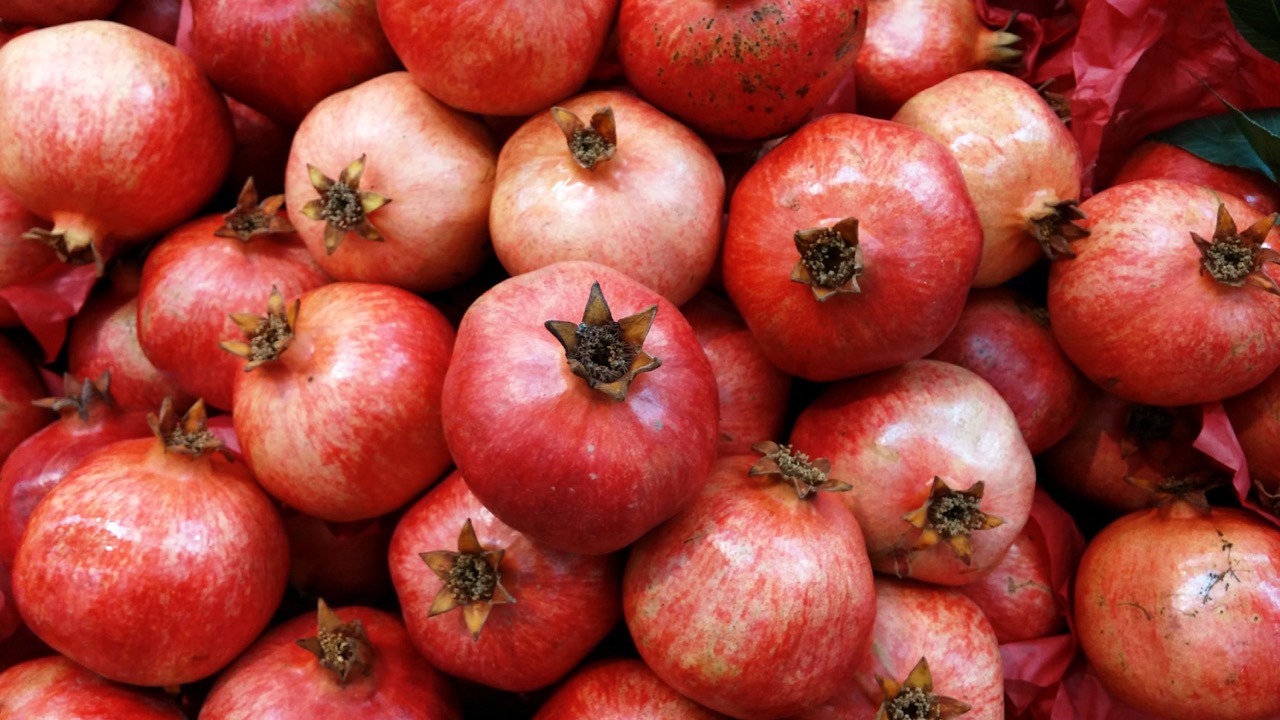

Articles
How To Store Pomegranate
Modified: February 25, 2024
Discover the best way to store pomegranates for long-lasting freshness and flavor. Read our informative articles on proper pomegranate storage methods.
(Many of the links in this article redirect to a specific reviewed product. Your purchase of these products through affiliate links helps to generate commission for Storables.com, at no extra cost. Learn more)
Introduction
Welcome to the delicious world of pomegranates, where juicy seeds burst with vibrant flavor. Pomegranates are not only a treat for the taste buds but also packed with essential nutrients and antioxidants. Whether you have a surplus of pomegranates from your garden or purchased them in bulk, knowing how to store them properly is key to preserving their freshness and flavor.
In this article, we will guide you through the process of selecting ripe pomegranates, preparing them for storage, and explore different methods to keep them fresh for longer periods. We’ll also share tips and tricks for storing pomegranate seeds, so you can enjoy their sweet and tangy goodness whenever you desire.
So, let’s dive into the world of pomegranates and discover how to store them to extend their shelf life and savor their delightful taste!
Key Takeaways:
- Select ripe, heavy pomegranates with vibrant color and firm texture. Store in the refrigerator in a breathable bag, and avoid crowding to maintain freshness for several weeks.
- For long-term storage, freeze pomegranate seeds after cleaning and flash freezing. Label containers and store at 0°F for up to six months. Enjoy year-round in various recipes!
Read more: How To Store Pomegranates
Selecting Ripe Pomegranates
Choosing ripe pomegranates is essential for ensuring the best flavor and quality. Here are some tips to help you select the perfect pomegranates:
- Color: Look for pomegranates with a deep, rich color. They should have a vibrant red or reddish-brown hue, indicating that they are ripe and full of flavor. Avoid pomegranates that are pale or have a greenish tint as they may not be fully ripe.
- Size and Weight: Ripe pomegranates are typically medium to large in size and feel heavy for their size. The weight is an indicator of their juiciness. Avoid pomegranates that feel light as they may be dry inside.
- Texture: Gently feel the pomegranate’s skin. It should be firm with a slight give when pressed. Avoid pomegranates with soft or wrinkled skin, as they may be overripe or past their prime.
- Sound: Give the pomegranate a gentle tap with your finger. If you hear a hollow and metallic sound, it indicates that the seeds are well-developed and the pomegranate is ripe. A dull thud may suggest unripe or dry seeds.
- Overall Appearance: Inspect the pomegranate visually. It should be free from blemishes, cracks, or mold. Ensure that the crown or stem is intact without any signs of decay.
By following these guidelines, you can select pomegranates that are ripe, juicy, and bursting with flavor. Remember, the quality of the pomegranates you start with will greatly influence their flavor and longevity during storage.
Preparing Pomegranates for Storage
Before storing pomegranates, it’s important to properly prepare them to ensure freshness and longevity. Here is a step-by-step guide on how to prepare pomegranates for storage:
- Wash the Pomegranates: Start by giving the pomegranates a gentle rinse under cool running water to remove any dirt or debris from the surface.
- Dry the Pomegranates: After washing, pat the pomegranates dry with a clean towel. Ensuring that they are completely dry will prevent moisture from causing spoilage during storage.
- Remove Excess Moisture: Take a clean and dry paper towel or cloth and gently wipe the surface of the pomegranates to remove any remaining moisture.
- Inspect for Damage: Check each pomegranate for any signs of damage or blemishes. Remove any bruised or damaged areas, as they can spoil quickly and affect the quality of the surrounding fruit.
- Cut and Store Seeds (Optional): If you prefer to store only the seeds, now is the time to cut open the pomegranates and extract the seeds. Cut off the crown or stem end of each pomegranate, then make shallow cuts along the ridges from top to bottom. Gently pry open the pomegranate and collect the seeds in a bowl.
By following these steps, you ensure that your pomegranates are clean, dry, and free from any damage or spoilage before storage. This preparation will help maintain their freshness and prolong their storage life.
Refrigerator Storage Method
The refrigerator is an excellent storage option for extending the shelf life of pomegranates. Here’s how to store pomegranates in the refrigerator:
- Place the Pomegranates in a Bag: Take a breathable plastic bag or a perforated produce bag and put the pomegranates inside. This bag will help protect the pomegranates from moisture loss while allowing them to breathe.
- Store in the Crisper Drawer: Put the bagged pomegranates in the crisper drawer of your refrigerator. This drawer is designed to maintain higher humidity levels, which is beneficial for keeping pomegranates fresh.
- Avoid Crowding: Make sure not to overcrowd the crisper drawer. Leave enough space around the pomegranates for air circulation, which helps prevent moisture buildup and potential mold growth.
- Keep Away from Strong Odors: Pomegranates have a tendency to absorb odors, so it’s crucial to keep them away from strong-smelling foods like onions or garlic. This will help preserve the natural flavor and aroma of the pomegranates.
- Check Regularly: Periodically inspect the pomegranates for any signs of spoilage or decay. Remove any damaged or overripe pomegranates to prevent them from affecting the others.
When stored in the refrigerator using this method, pomegranates can stay fresh for up to several weeks. However, keep in mind that the longer they are stored, the more the quality and flavor may diminish. Therefore, it is best to consume them within a reasonable time frame for optimal taste and texture.
Store pomegranates in the refrigerator for up to 2 months. Keep them in a plastic bag to prevent moisture loss. Avoid storing them near strong-smelling foods as they can absorb odors.
Freezing Method for Long-Term Storage
If you want to store pomegranates for an extended period, freezing is a great option. Follow these steps to freeze pomegranates:
- Extract the Seeds: Cut off the crown or stem end of the pomegranates, then make shallow cuts along the ridges from top to bottom. Gently pry open the pomegranate and collect the seeds in a bowl.
- Prepare the Seeds: Remove any pith or membrane from the pomegranate seeds. You can do this by placing the seeds in a bowl of water and gently rubbing them to separate the pith. Drain the seeds and pat them dry with a towel.
- Pack in Containers: Divide the pomegranate seeds into airtight containers or freezer bags. Be sure to leave some headspace to allow for expansion as the seeds freeze. Seal the containers tightly to prevent air and moisture from entering.
- Label and Date: It’s important to label the containers with the date of freezing. This will help you keep track of their freshness and ensure that you use the oldest ones first.
- Freeze: Place the containers of pomegranate seeds in the freezer and keep them at a constant temperature of 0°F or below. The seeds can be stored in the freezer for up to three months without significant loss in quality.
When you’re ready to use the frozen pomegranate seeds, simply remove the desired amount from the freezer and thaw them in the refrigerator overnight or at room temperature for a few hours. Avoid thawing and refreezing the seeds multiple times as it can affect their texture and taste.
The freezing method is a convenient way to enjoy the taste of pomegranates all year round. Whether you want to add them to smoothies, salads, or desserts, having a stash of frozen pomegranate seeds on hand will make it easy to incorporate their vibrant flavor into your favorite recipes.
Read more: How To Store A Pomegranate
Storing Pomegranate Seeds
Pomegranate seeds, also known as arils, are a versatile and nutritious ingredient that can be enjoyed in various dishes. If you want to store pomegranate seeds separately, here’s how you can do it:
- Extract the Seeds: Cut off the crown or stem end of the pomegranates, then make shallow cuts along the ridges from top to bottom. Gently pry open the pomegranate and collect the seeds in a bowl.
- Clean and Dry the Seeds: Transfer the pomegranate seeds to a colander and rinse them under cool running water. Gently pat them dry with paper towels or a clean kitchen towel. Ensure that the seeds are completely dry before proceeding to the next step.
- Spread the Seeds on a Baking Sheet: Arrange the pomegranate seeds in a single layer on a baking sheet lined with parchment paper. Make sure they are evenly spread out and not clumped together, as this will help them freeze individually and prevent them from sticking together later on.
- Flash Freeze: Place the baking sheet with the pomegranate seeds in the freezer and let them freeze for about 1-2 hours, or until they are firm to the touch. This process is called flash freezing and helps prevent the seeds from freezing in a solid block.
- Transfer to Containers: Once the pomegranate seeds are flash frozen, transfer them to airtight containers or resealable freezer bags. Remove any excess air from the containers or bags before sealing them tightly. Label the containers with the date of freezing for future reference.
- Return to the Freezer: Place the containers of pomegranate seeds back in the freezer and store them at a consistent temperature of 0°F or below. The seeds can be kept in the freezer for up to six months without significant loss of quality.
When you want to use the frozen pomegranate seeds, simply take out the desired amount from the freezer and use them straight away. There’s no need to thaw the seeds beforehand, as they can be added directly to your recipes or dishes.
By storing the pomegranate seeds separately, you can easily access them whenever you need a burst of vibrant flavor and crunchy texture. Whether you’re sprinkling them on salads, garnishing desserts, or adding them to savory dishes, having a stash of frozen pomegranate seeds gives you the freedom to enjoy their delightful taste year-round.
Tips for Pomegranate Storage
To ensure the best quality and flavor of your stored pomegranates, consider the following tips:
- Handle with Care: Pomegranates are delicate fruits, so handle them gently to avoid bruising or damaging their skin, which can lead to spoilage.
- Store at the Right Temperature: Pomegranates are best stored at temperatures between 32°F and 40°F (0°C and 4°C). Refrigerators provide the ideal temperature range, while freezers are suitable for long-term storage.
- Avoid Direct Sunlight: Keep pomegranates away from direct sunlight, as it can cause them to become overripe and spoil faster.
- Separate Ripe and Unripe Pomegranates: If you have some ripe and unripe pomegranates, store them separately. Ripe pomegranates emit ethylene gas, which can accelerate the ripening process of other fruits nearby.
- Consume or Use the Edible Parts: For the longest storage life, it’s recommended to consume or use the edible parts of the pomegranates, such as the seeds, as soon as possible. Extracting the seeds and storing them separately can extend their shelf life.
- Check for Spoilage Regularly: Regularly inspect your stored pomegranates for any signs of spoilage, such as mold, soft spots, or a fermented smell. Remove any spoiled fruits immediately to prevent them from affecting the others.
- Consider Freezing for Long-Term Storage: If you have an abundance of pomegranates or want to enjoy them throughout the year, the freezing method is an excellent way to store them for an extended period. Follow the freezing method mentioned earlier in the article.
- Explore Creative Ways to Use Pomegranates: Don’t limit yourself to just enjoying pomegranates as a standalone snack. Get creative and use them in various recipes, including salads, smoothies, sauces, desserts, or as a garnish to add a delightful burst of flavor.
- Share the Bounty: If you have an excess of fresh pomegranates, consider sharing them with your family, friends, or neighbors. Not only will it bring joy to others, but it will also prevent wastage and promote community connections.
By following these tips, you can maximize the storage life of your pomegranates and enjoy their sweet and tangy goodness for as long as possible. Whether eaten fresh, frozen for later use, or incorporated into various recipes, pomegranates are a delicious and nutritious addition to your culinary adventures.
Conclusion
Pomegranates are not only a delightful treat but also a nutritious powerhouse, packed with antioxidants and flavor. Knowing how to store pomegranates properly allows you to enjoy their freshness and taste for an extended period. Whether you have an abundance of pomegranates from your garden or bought them in bulk, these storage methods will help you preserve their quality:
First, make sure to select ripe pomegranates by checking their color, size, weight, texture, and sound. Preparing the pomegranates for storage involves washing, drying, and inspecting them for any damage. The refrigerator storage method involves placing pomegranates in a breathable plastic bag and storing them in the crisper drawer, while the freezing method allows for long-term storage of both whole pomegranates and their seeds.
When it comes to storing pomegranate seeds separately, cleaning, drying, flash freezing, and packing them in airtight containers or bags is crucial. And, of course, implementing these tips will aid in maintaining the freshness and flavor of your pomegranates:
Handle the fruits with care, store them at the appropriate temperature, avoid direct sunlight, separate ripe and unripe ones, consume or use the edible parts promptly, check for spoilage regularly, consider freezing for long-term storage, explore creative ways to use pomegranates, and share the bounty with others.
By following these guidelines, you can enjoy the taste of pomegranates throughout the year and incorporate them into a variety of recipes. So, embrace the bountiful beauty of pomegranates, store them properly, and savor their deliciousness in every juicy bite!
Frequently Asked Questions about How To Store Pomegranate
Was this page helpful?
At Storables.com, we guarantee accurate and reliable information. Our content, validated by Expert Board Contributors, is crafted following stringent Editorial Policies. We're committed to providing you with well-researched, expert-backed insights for all your informational needs.
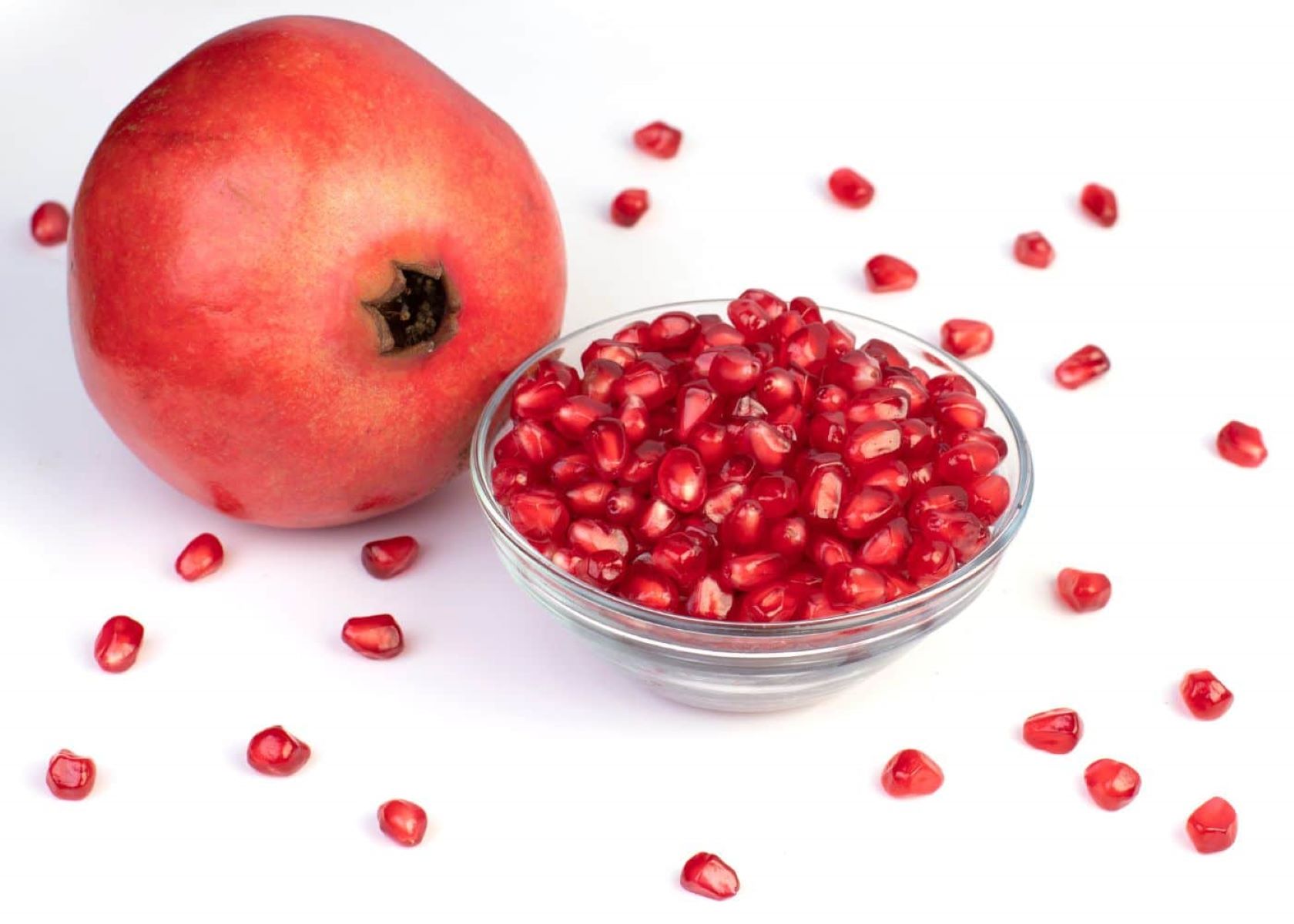
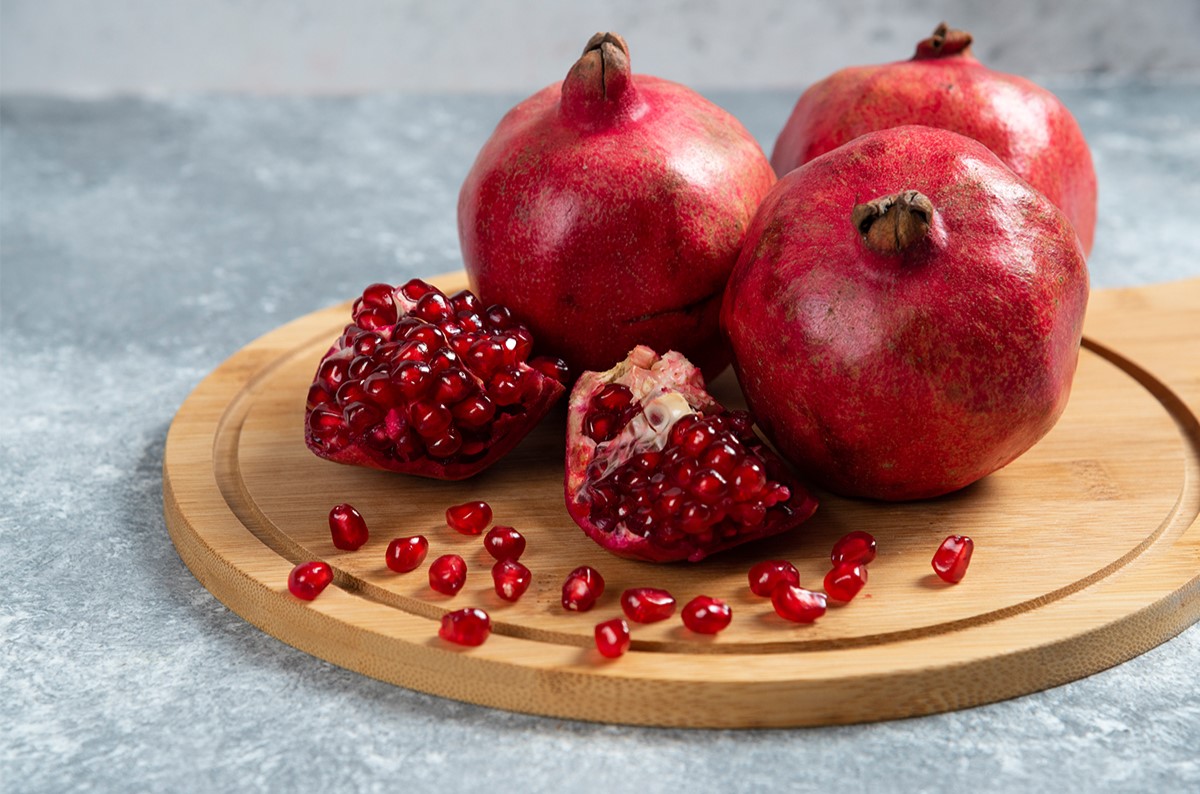
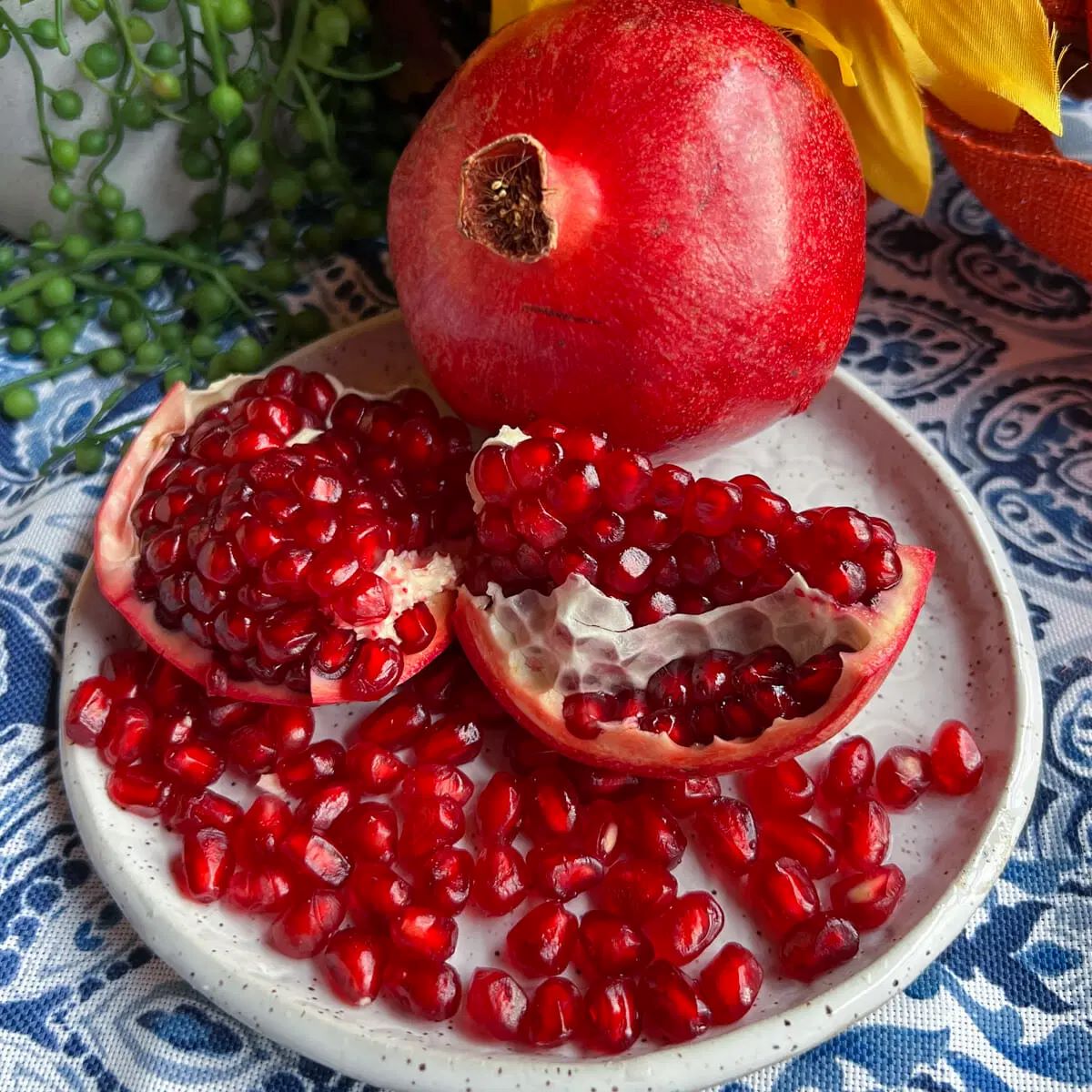
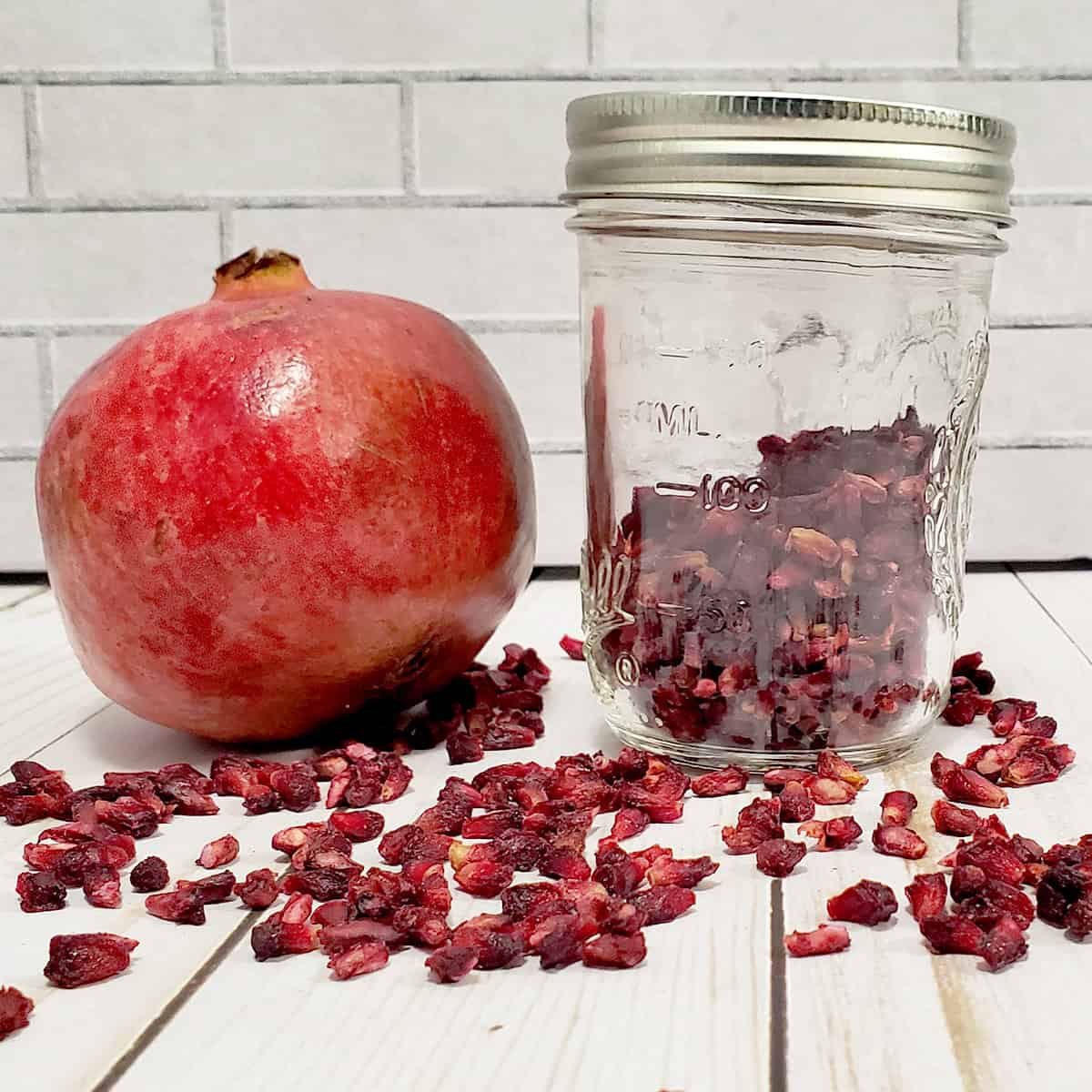
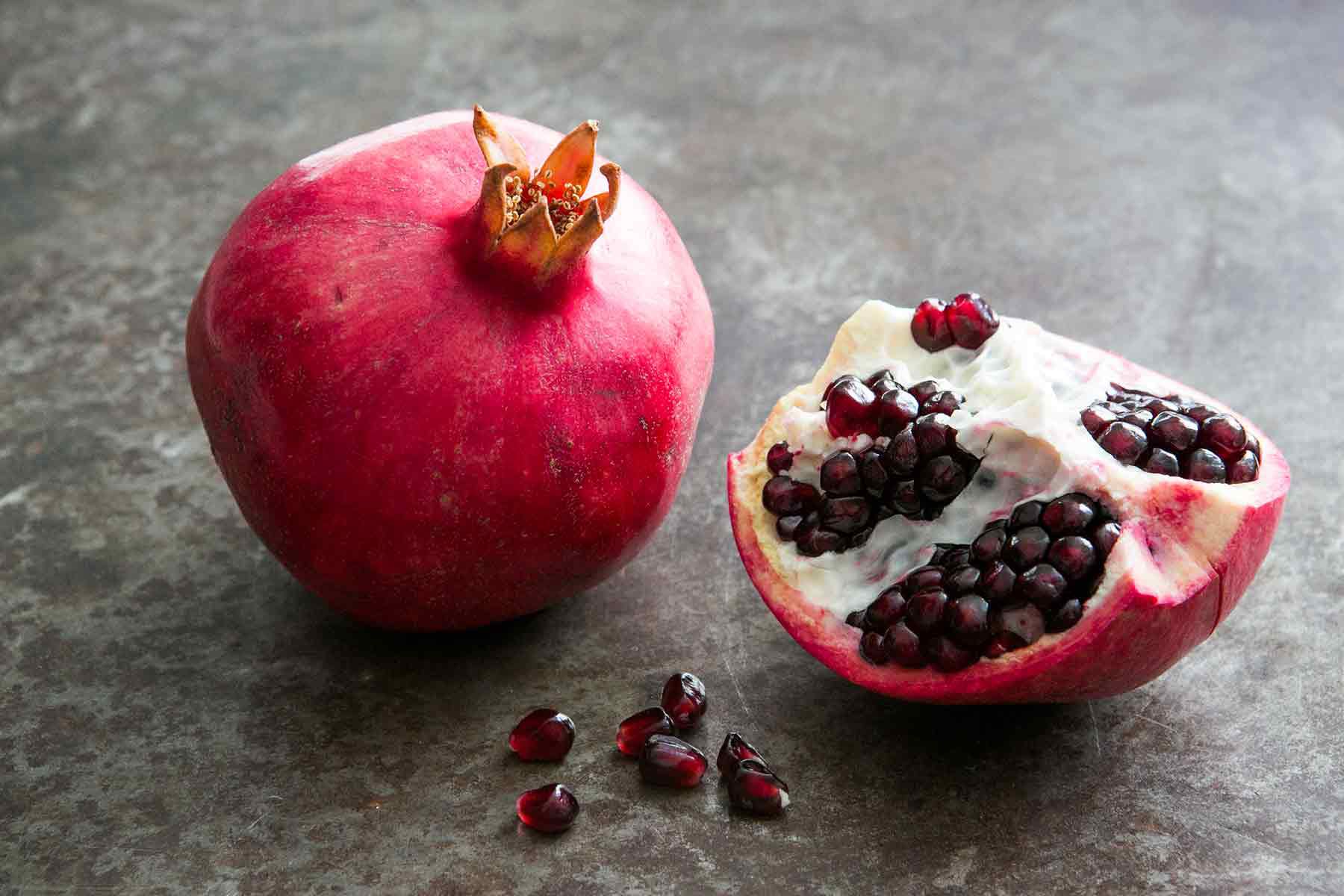
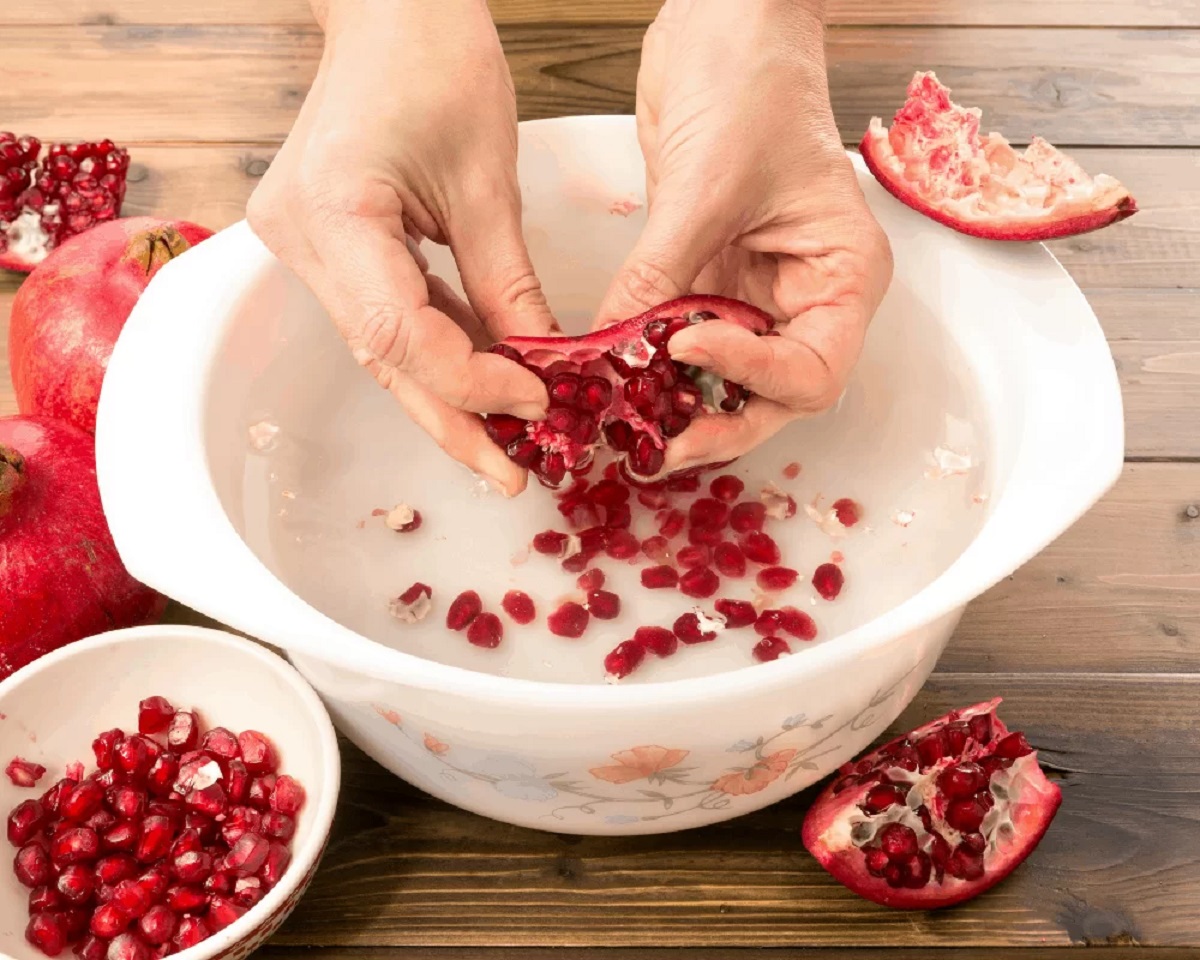
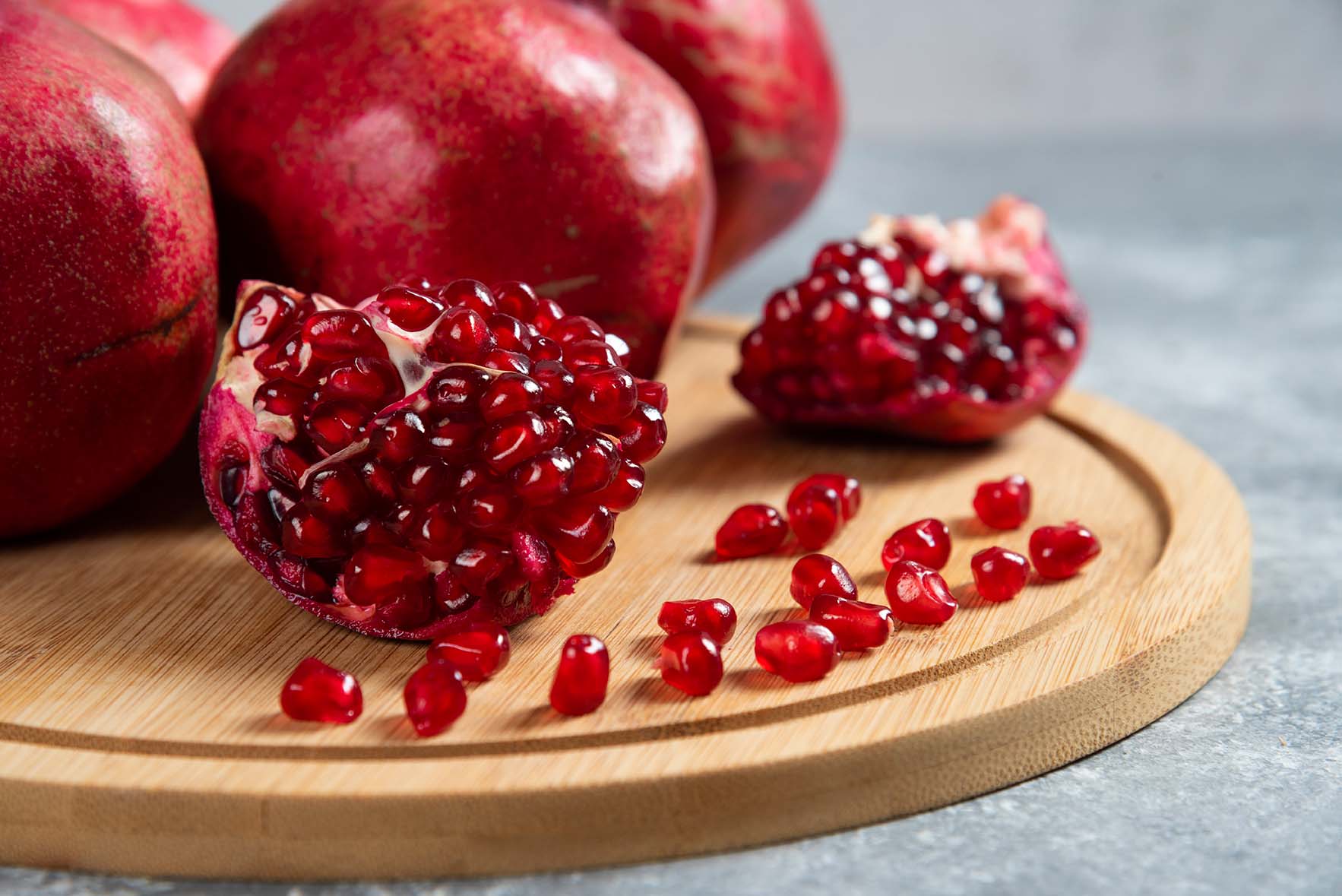
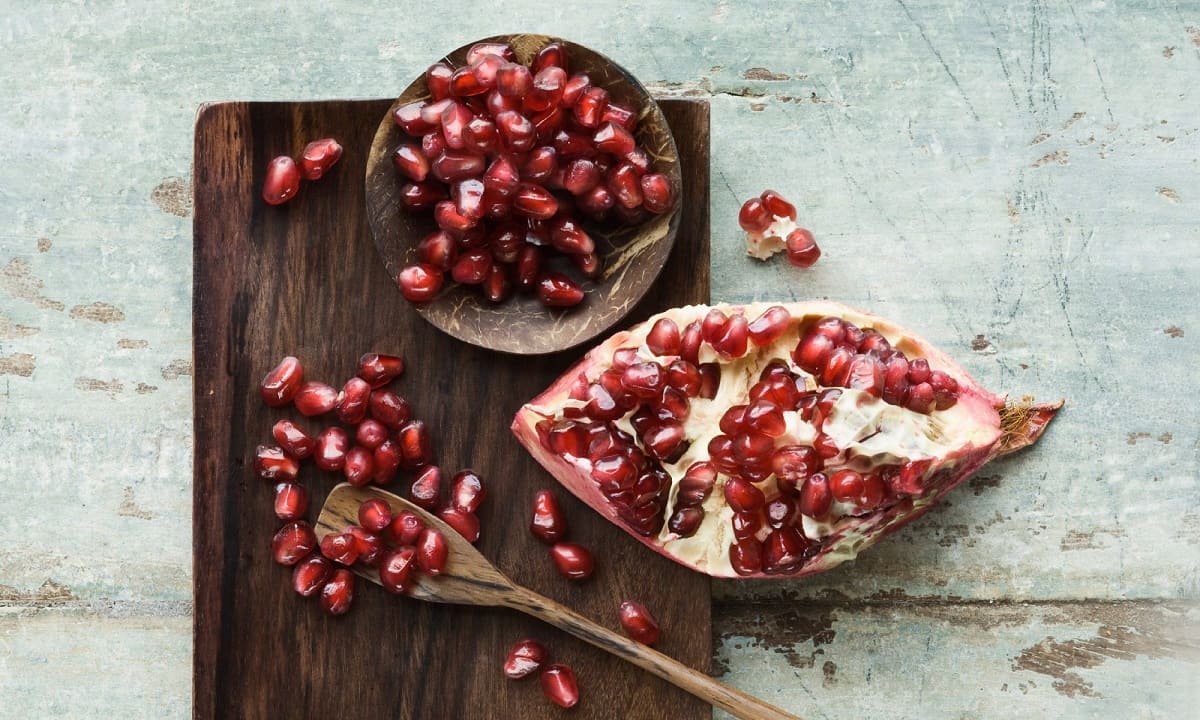
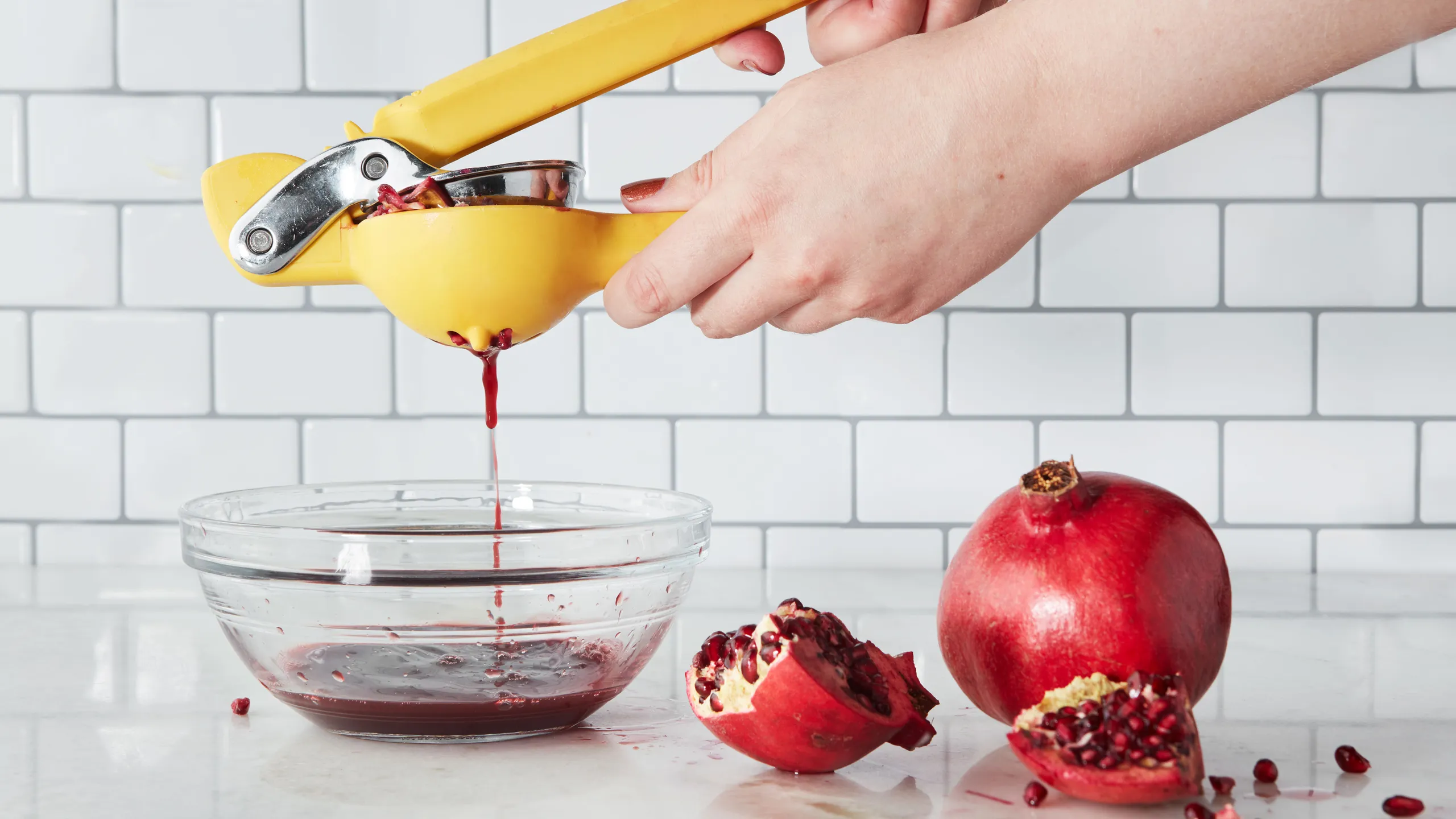
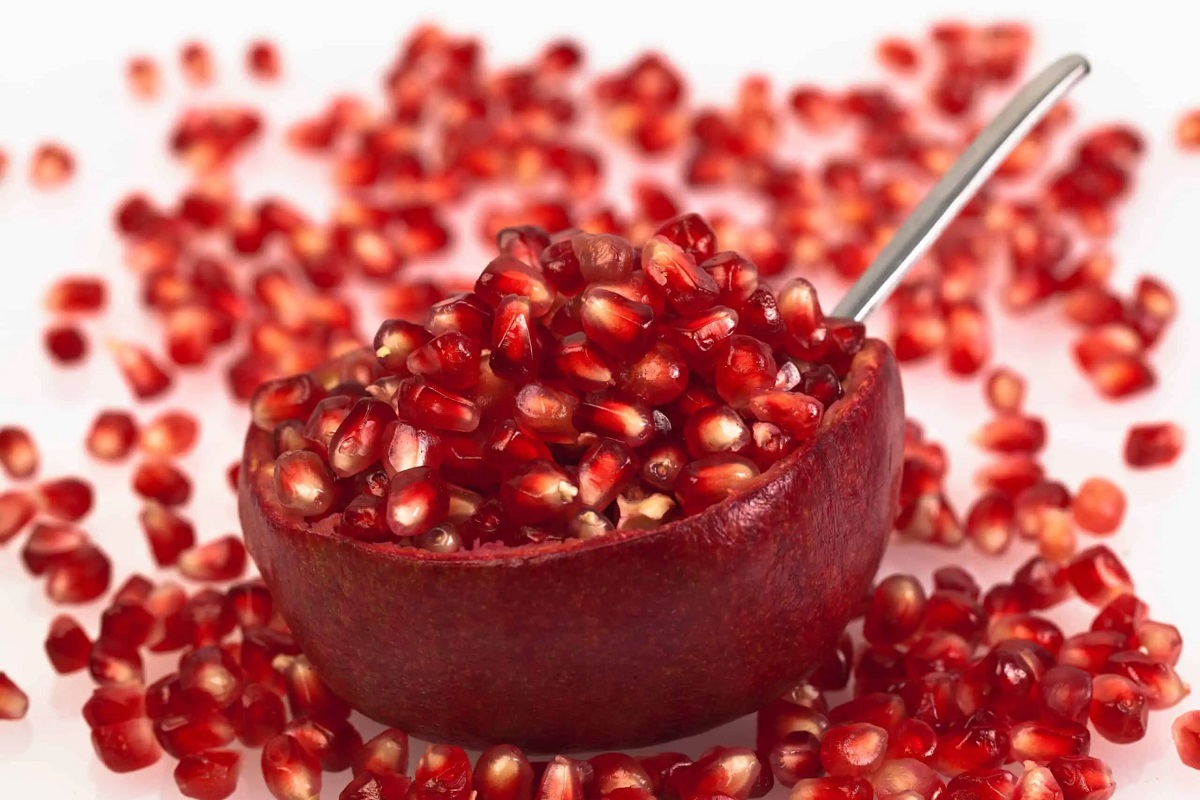
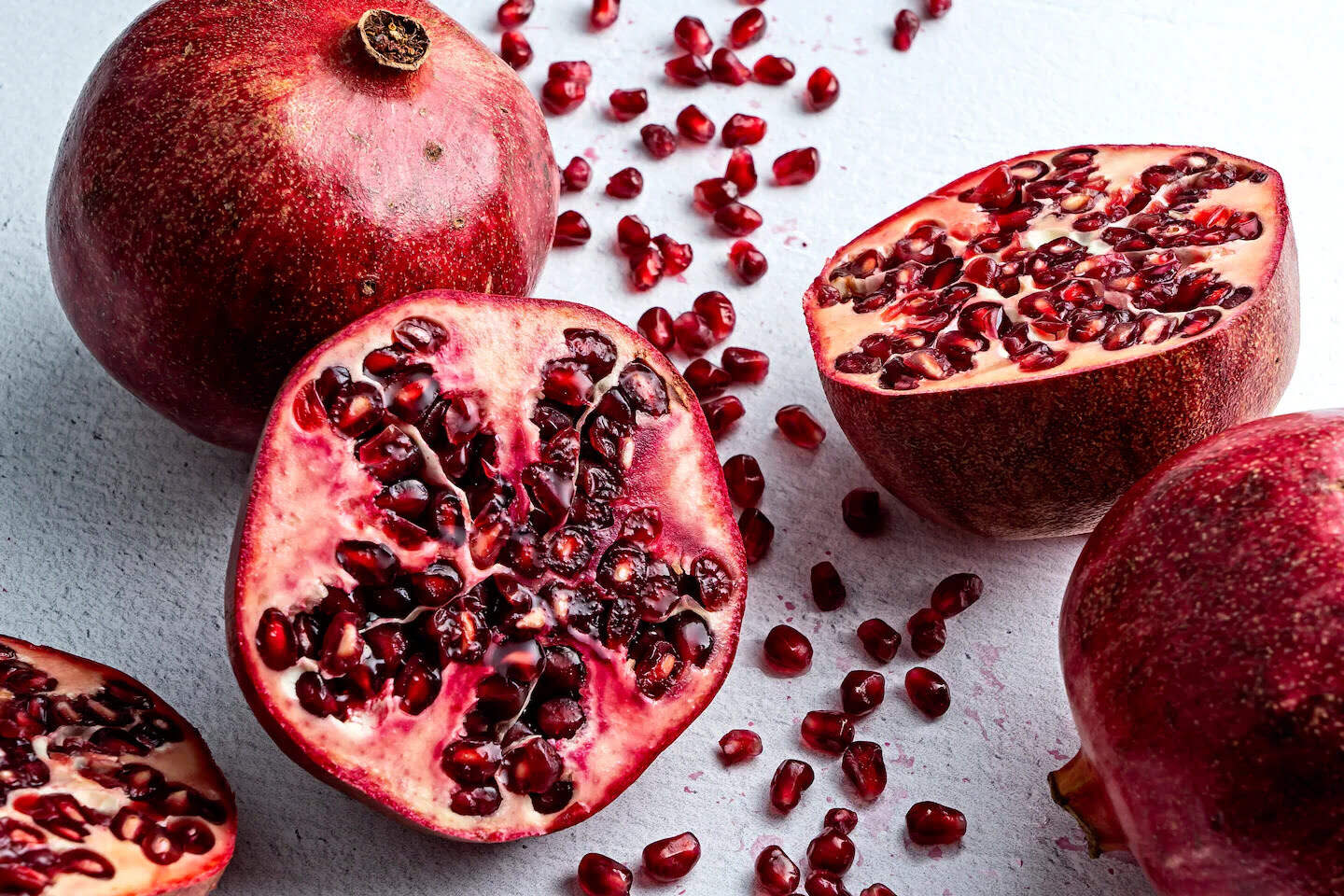
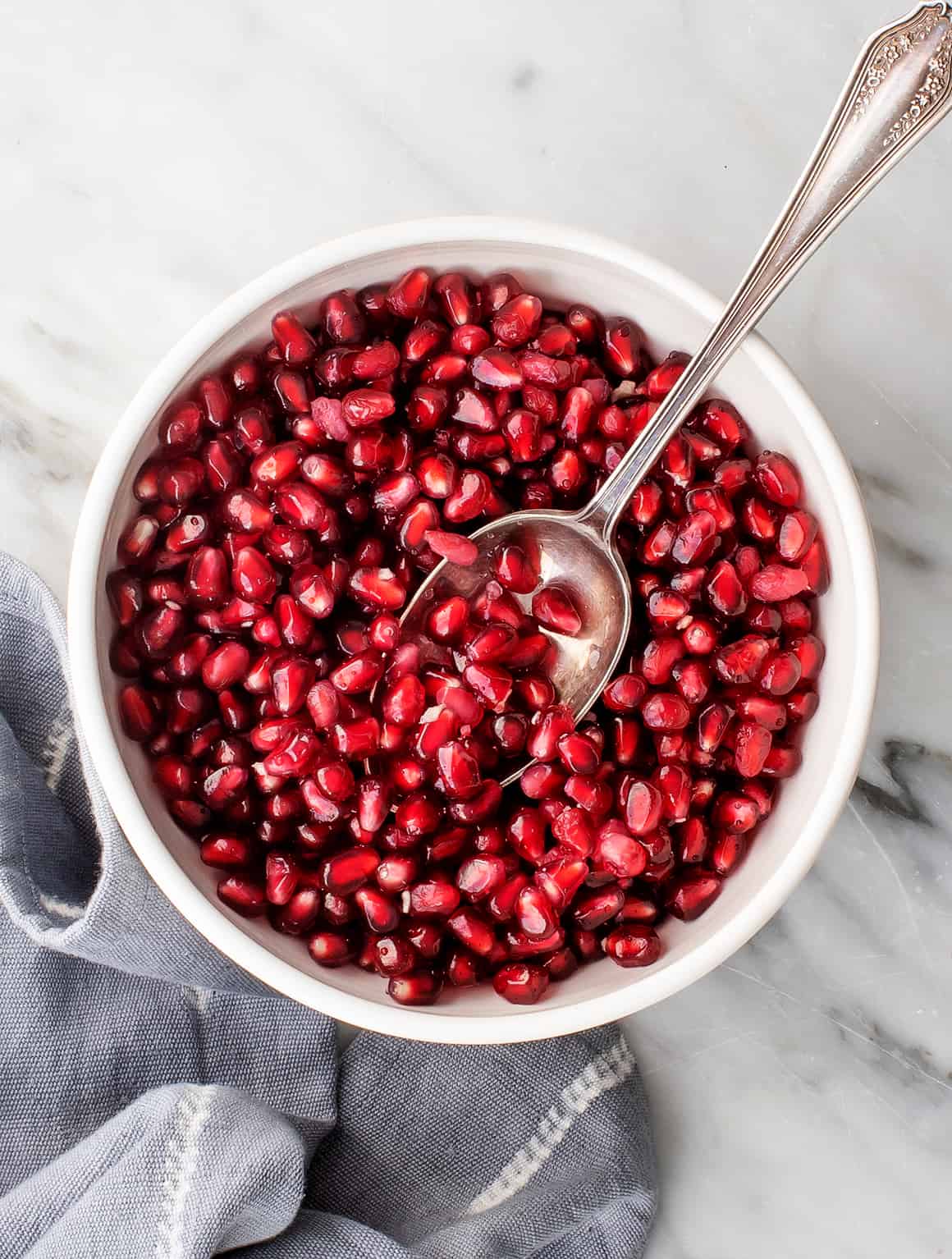

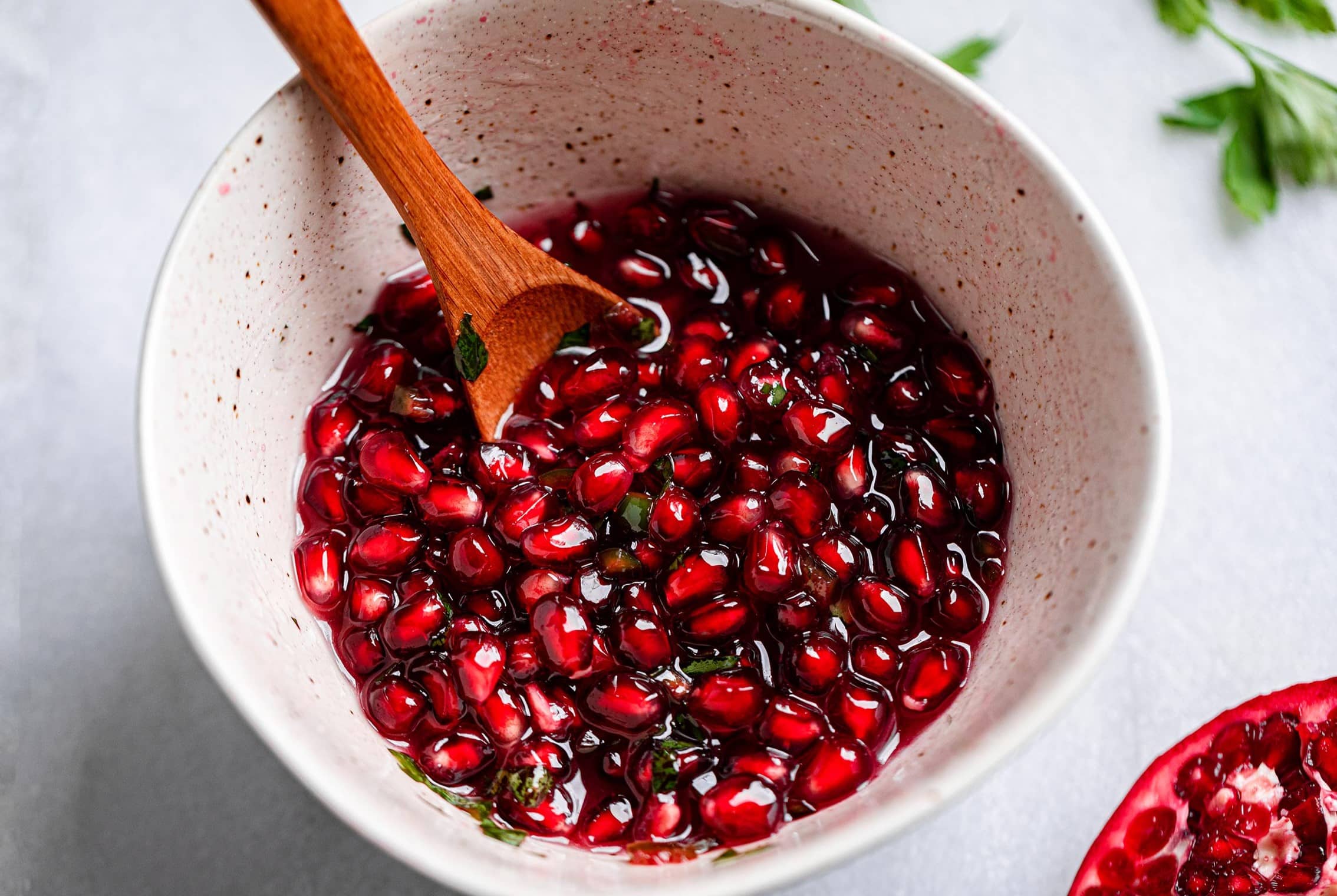

0 thoughts on “How To Store Pomegranate”